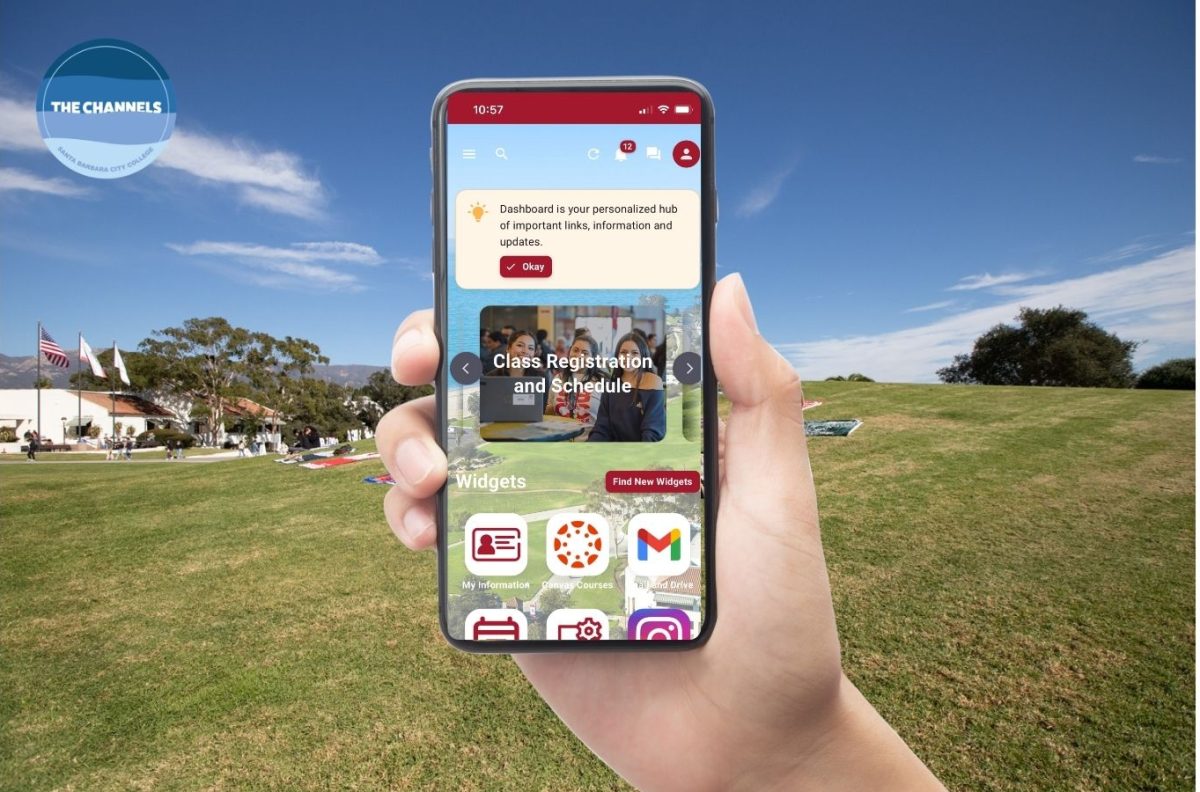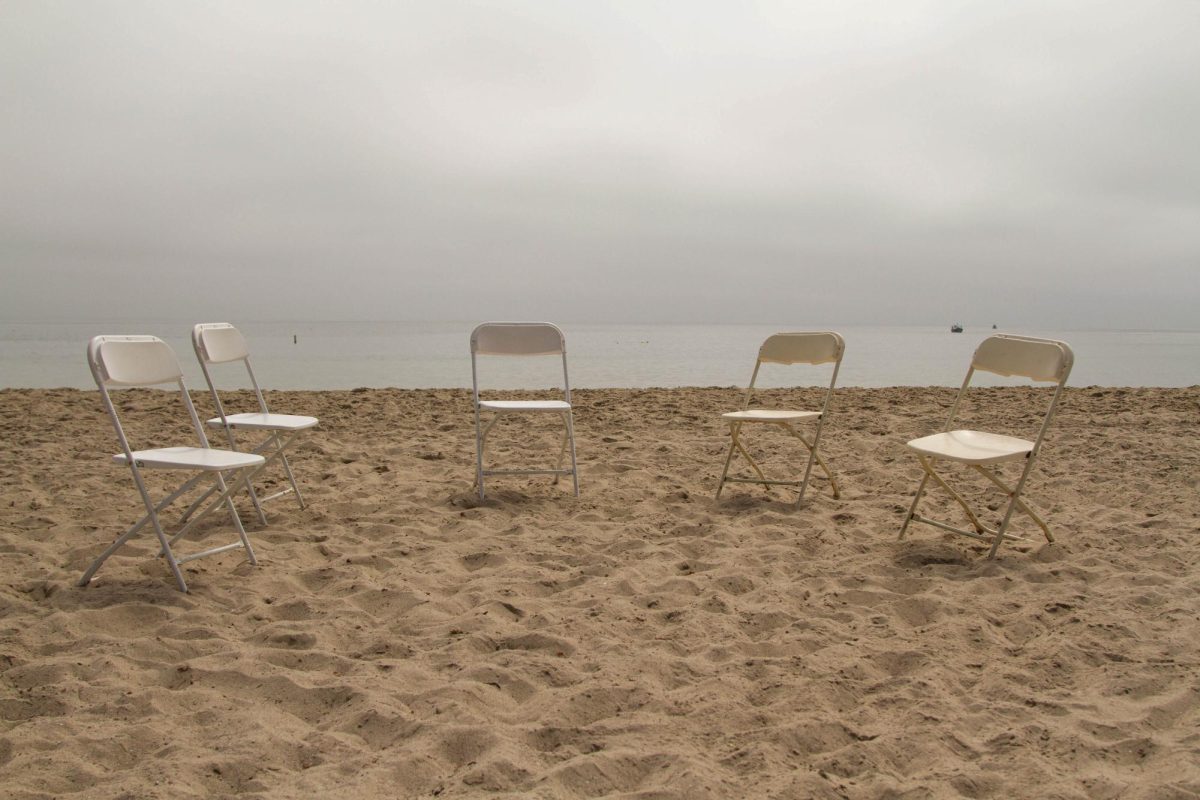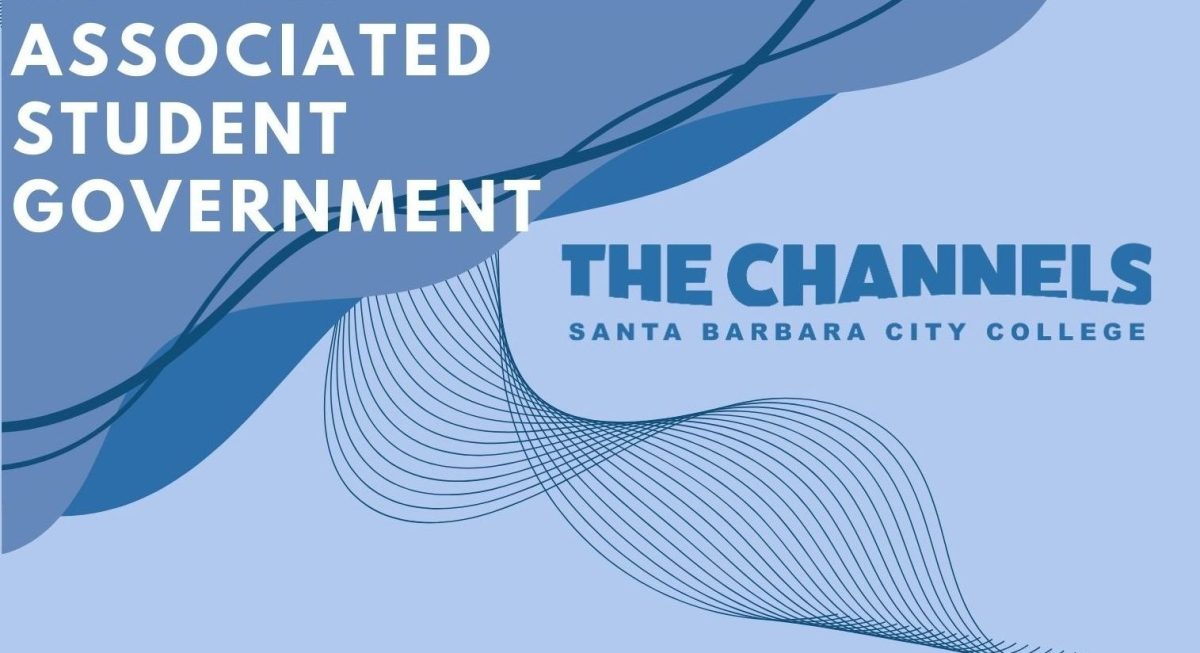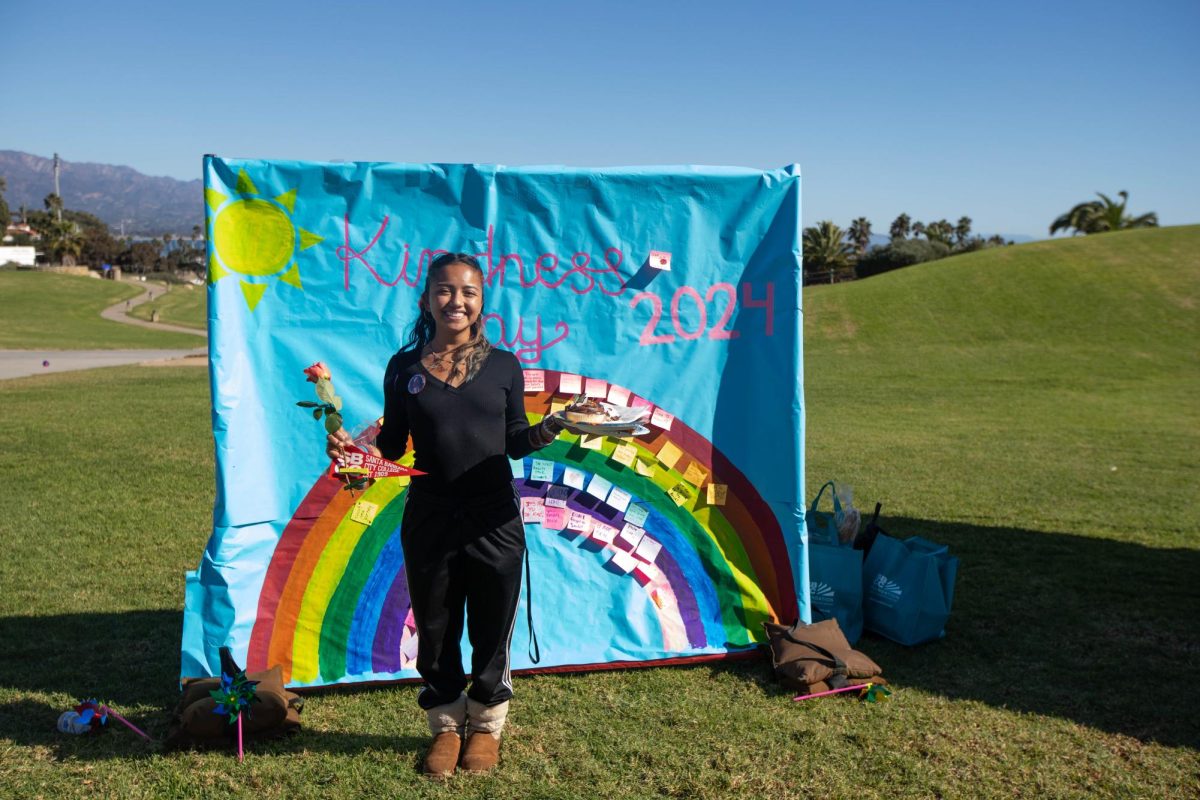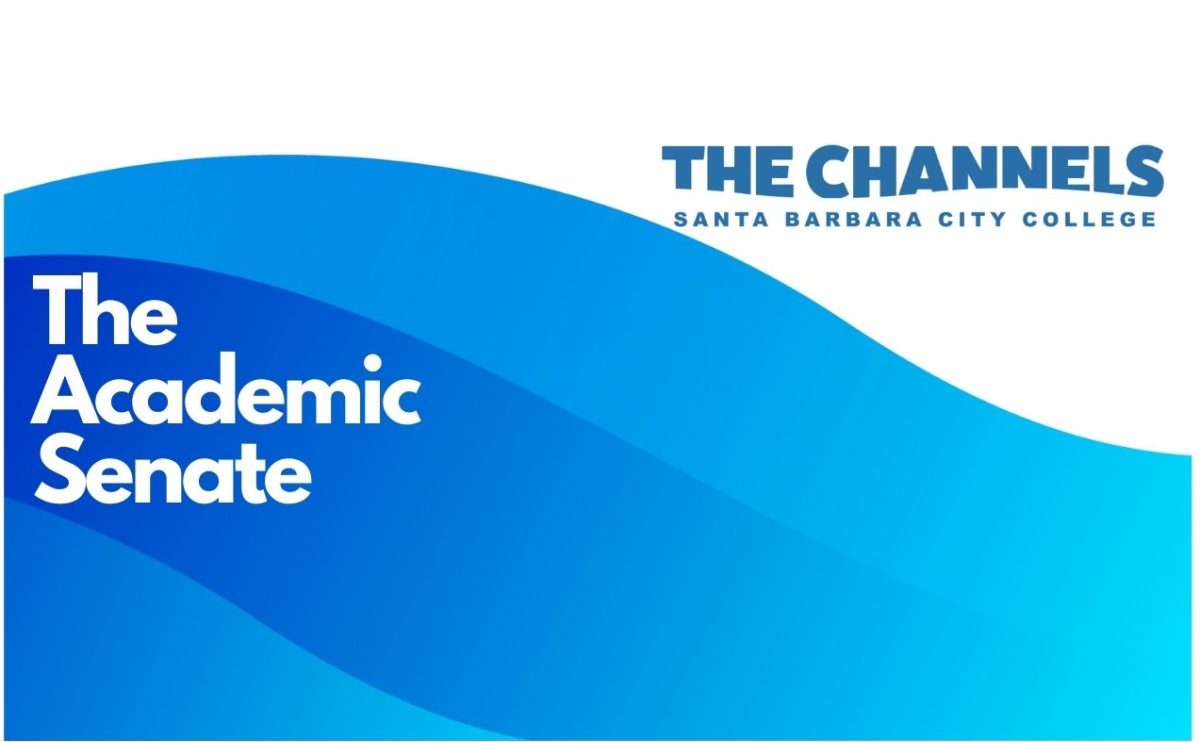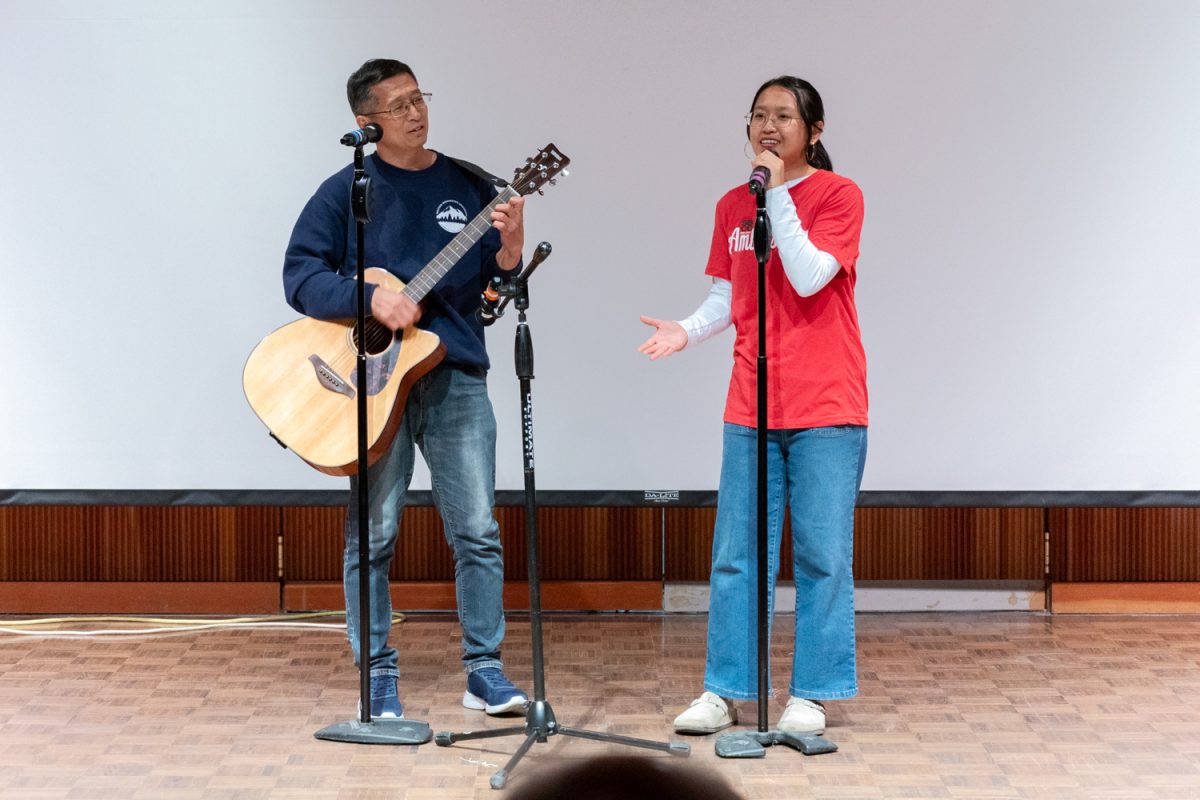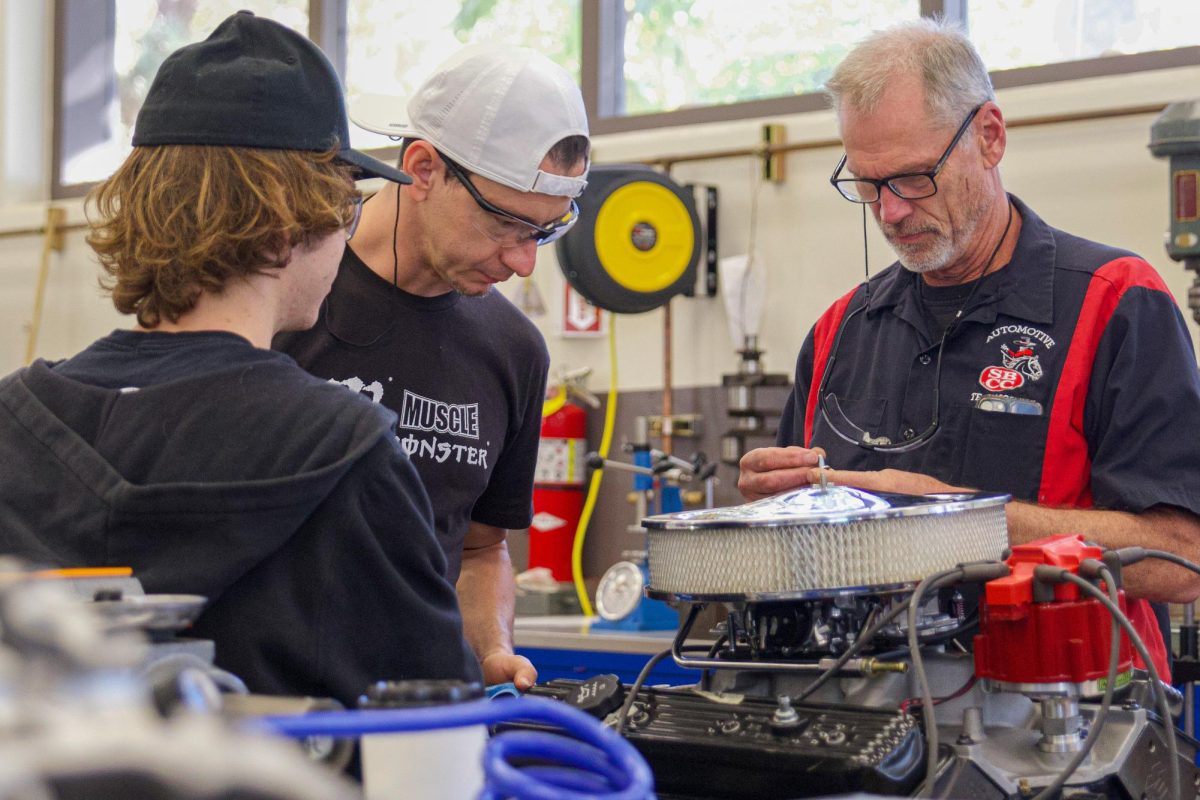The Sustainability Workgroup discussed the progress that has been made toward the goal of reducing water consumption as part of the District Sustainability Plan and how the goal may be updated Thursday.
“We’ve done a lot of work like reducing water usage in some buildings such as the Campus Center by 68 percent. . . but much of it has been low-hanging fruit, like changing faucet knobs,” said Mark Broomfield, facilities supervisor. “Now it’s not just going to be about eliminating or changing stuff, it’s going to be about how we use what we have.”
The college was recognized as a City of Santa Barbara Water Hero in 2014 for redesigning some of its water systems to improve water use efficiency. Some examples of those redesigns include the installation of new faucets, low-flow showerheads in the locker rooms, and toilets that use less water per flush.
However, Broomfield added that the age of much of the campus’ infrastructure means that there is still significant improvements that can be made through various replacements.
“Every time we replace something at this point, we’re getting infinitely more efficient. That’s one of the good things about being in a critical infrastructure failure point—everything is going to be a lot better than what you have,” Broomfield said.
City College was the first community college to be established in California, and some of the college’s infrastructure, such as parts of the MacDougall Administration Building, haven’t been replaced since the college’s founding and date back as far as 1909.
Adam Green, professor of environmental studies, suggested that in addition to cutting back on water usage by using water more efficiently, the campus should be looking at how to use the water it already uses more effectively, and the campus’ water consumption goals should be modified to reflect that intention.
“Maybe a 25 percent or greater decrease in water consumption is achievable, but we want to be as efficient as possible in our water usage and use our water in the best ways possible. We may not want to have a hard target percentage-wise—we could update it each year based off of our water consumption data instead,” Green said.
The use of recycled water on campus is one of the ways water is conserved. Much of the wastewater collected in City College’s pipes, such as through the college’s toilets and sinks, is transported to Santa Barbara’s centralized El Estero Water Treatment Plant, and the plant sends back over 250,000 gallons of recycled water to City College for irrigation use.
The workgroup members also discussed the limitations of how far the college can go to change things through its own initiative. State and federal law determine how some campus water systems function, and to change those systems, either the laws would have to change or the college would have to be granted exemptions.
For instance, the college cafeteria’s wastewater system, which is regulated by the state, transports its water to the sewer, where it goes to the ocean instead of being recycled. Moreover, Broomfield said that the recycled water the college receives is clean enough for drinking in addition to irrigation, but federal law labels all recycled water as raw sewage no matter how clean a recycling process makes it, preventing the college from using it for drinking water.
Carrie Duncan, a member of the Associated Students’ Sustainability Committee, said that an important part of the workgroup should be for it to reach out to students and get them more involved.
“We should give them an opportunity to not just make our campus more sustainable but educate them so that they can incorporate that into their lives,” Duncan said.
She went on to suggest that one way students may be asked to live more sustainably is through signing a sustainability pledge as part of the campus orientation process. If students are made to sign such a pledge, it would make it mandatory for students to change their resource consumption habits to a significant extent through such actions as bringing their own water container to school instead of using single-use cups. A draft of such a pledge has already been completed by the Sustainability Committee, and it is likely to be finalized in the coming weeks.


